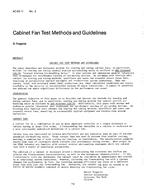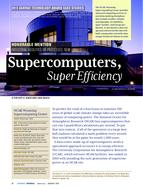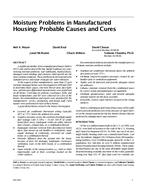Ventilation is one of the most important methods to control the transmission of airborne pathogens such as SARS-CoV-2 inside buildings. In many spaces such as hospitals, senior living centers, cleanrooms, etc., the desired cascading of airflow from one space to another is achieved by controlling the pressure and airflow in spaces. The degree of pressurization in space is determined by the design of HVAC system and by the leaks through ceilings, doors, walls, etc. The ceiling plane can be a significant source of leak between the occupied space and the plenum above. Although other elements in the ceiling plane, such as lights, grills, sprinklers, pipes, etc., contribute to the overall leakage, ceiling tiles present the largest area for potential leakage in the ceiling plane. In this study, air leakage through a typical ceilings system and a better sealing, gasketed ceiling system, held by clips to the grid was measured using ASTM E283 test method. The leakage rate through typical ceilings is more than 4X that of gasketed ceiling at 0.015″ W.C. The benefits of reducing leakage at the ceiling plane by using a better sealing tile (gasketed) were assessed using CONTAMW in a Protective Environment Room (PER) and in an Airborne Infection Isolation Room (AIIR). A standardized pressurized patient room (ASHRAE Std. 170), which consists of a patient room, anteroom, and a restroom, was employed. The leakage rates for the standard and the gasketed ceiling tile used in the model was 3.04 and 0.16 cfm/ft2 @0.016″ W.C., respectively. The pressure and flowrates generated by space pressurization were studied by predicting flowrates and pressures across each building element.
The results show a reduction in the parasitic losses with the tighter ceiling tiles and better control on the leakage paths. The flows required to maintain pressurization are also reduced with the tighter ceiling. The airtightness of the ceiling tiles is also expected to reduce the net flow rates needed to achieve target pressure differences between a room with special pressurization requirements and adjacent spaces. This makes pressurization more energy efficient. Two practical examples of the use of gasketed ceiling tiles are illustrated. This study shows that providing a tight seal with gasketed-ceiling tile between the occupied space and the plenum can be an important part of an effective and economical solution to convert existing spaces into pressure-controlled spaces, or even improving the performance of existing pressure-controlled spaces.
Product Details
- Published:
- 2022
- Number of Pages:
- 9
- Units of Measure:
- Dual
- File Size:
- 1 file , 2.1 MB
- Product Code(s):
- D-TO-22-C017
- Note:
- This product is unavailable in Russia, Belarus


